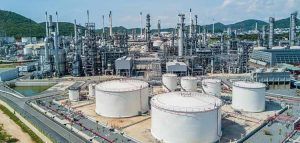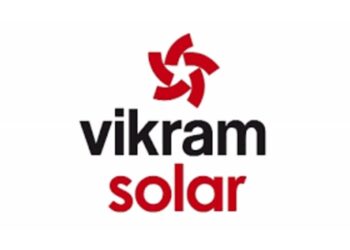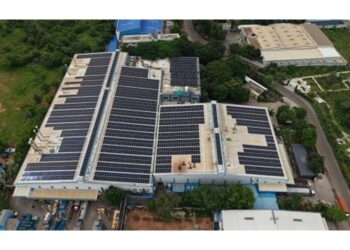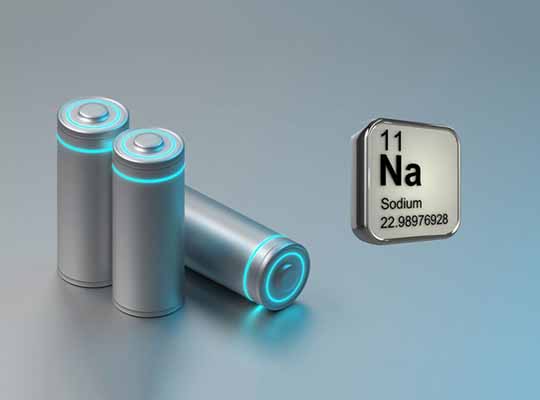An oil and gas facility has gone great lengths to make sure its warehoused goods and spares are preserved and protected against corrosion and therefore ready to install at a moment’s notice. However, when workers go to install a new piece of equipment that is sealed in foil and was never opened, they suddenly find the vessel covered with rust and no longer viable. What went wrong with their preservation planning? Why did they receive this surprising discovery on a unit that should have been in pristine condition? Cortec® answers these inquiries with another question that demands every facility’s attention: Is your inbound supply chain and material handling the hidden killer of your preservation planning?

Point of Failure: Goods Receipt and Material Handling
While oil and gas facilities should have a sound preservation plan in place during both construction and operation, the point of goods receipt is a critical time that can easily be overlooked due to competing interests of speed, cost, and skill. Although receiving shipments is typically a job for material handlers, it may require the skillset of an engineer or maintenance worker to detect any problems with the quality of the good received—whether in terms of corrosion or mechanical damage. To make matters worse, sometimes incoming goods are so thoroughly packed and crated that it does not seem worth the time and effort to inspect and repackage them. Other times, they are inspected, and an airtight packaging system is breached so equipment that may have been received in good condition is no longer protected during subsequent storage. In each case, corrosion may enter the picture without detection until it is too late to remedy the situation.
The Importance of a Plan
Oil and gas facilities can save time and money in the long run by knowing the corrosion concerns of goods receipt and having a plan in place to preempt problems. This can start by creating a standard operating procedure for handling and inspecting goods received and training material handlers in what to look out for. By catching corrosion on incoming goods, the facility can place the responsibility to correct the problem back on the supplier and avoid unwanted corrosion surprises at the last minute when there is no time left to fix them.

If material handlers are expected to open and inspect the packages, they should also be trained in proper repackaging with preservation materials. This may include heat shrinking with VpCI®-126 HP UV Shrink Film and proper placement of VpCI® Emitters. Both of these offer dry protection in enclosed spaces through the diffusion of Vapor phase Corrosion Inhibitors, which are attracted to and form a protective molecular layer on metal surfaces, leaving components ready for immediate use without the need to remove greasy rust preventatives.

Better yet, if oil and gas facilities request their suppliers to use specific preservation materials and processes at the time of shipment, the likelihood of goods rusting on a long ocean journey drops significantly. Basic actions such as hydrotesting vessels with VpCI®-649, fogging piping modules with CorroLogic® Fogging Fluid VpCI®-339, and shrouding skids in MilCorr® VpCI® Shrink Film with custom access doors for inspection can go a long way toward ensuring goods arrive corrosion free and, in some cases, equipped for ongoing protection into months of storage.
Worth the Investment
While an onsite preservation plan is critical for oil and gas facilities, personnel must not overlook what happens or does not happen at the key moment of goods receipt. Putting a corrosion plan in place for material handling may take time and effort, but it will be well worth the investment made to avoid the more serious corrosion problems that could otherwise happen. Contact Cortec® for further guidance on making this important preservation decision.













